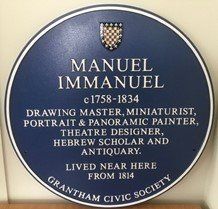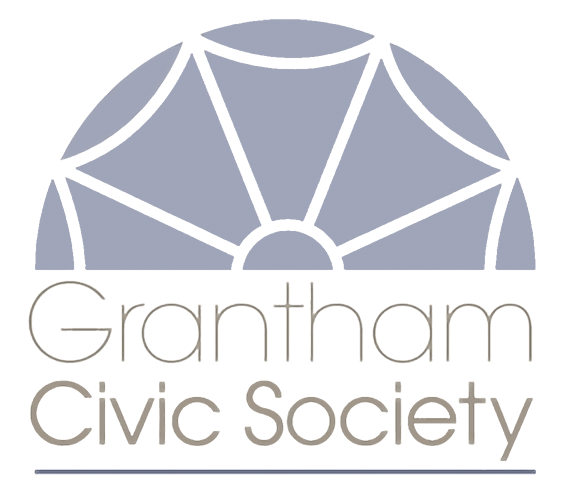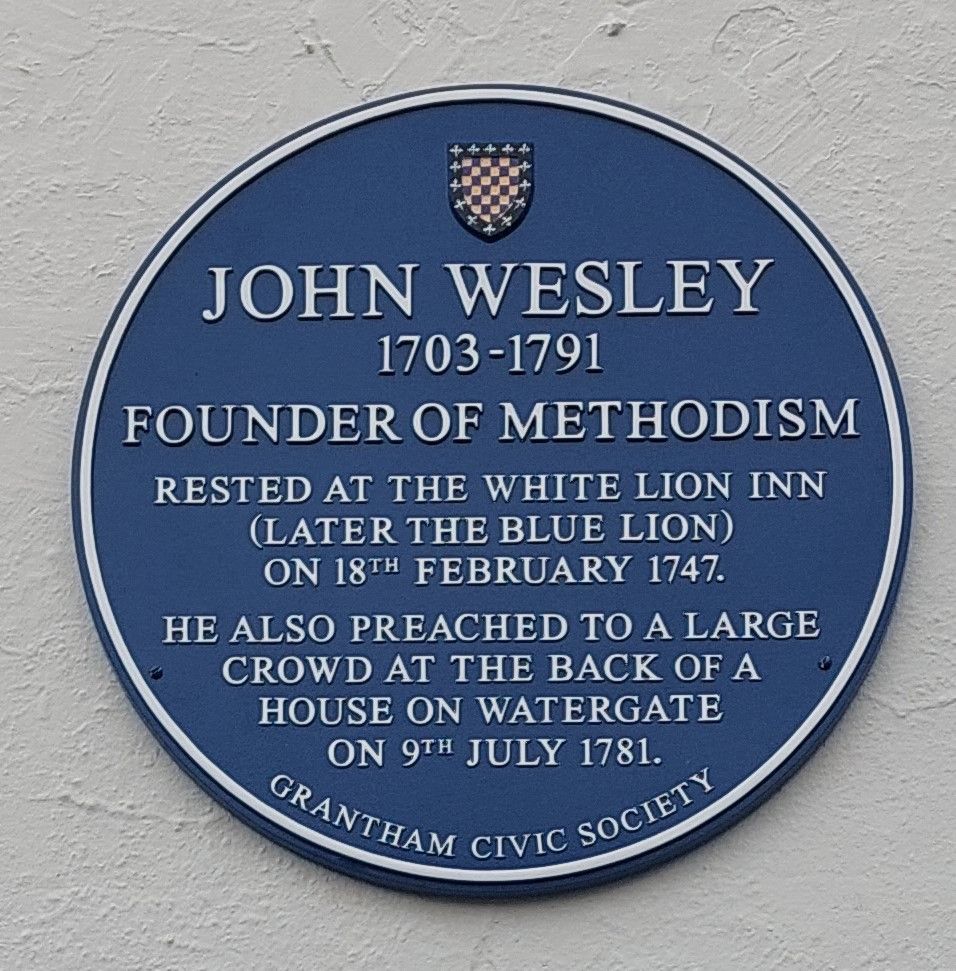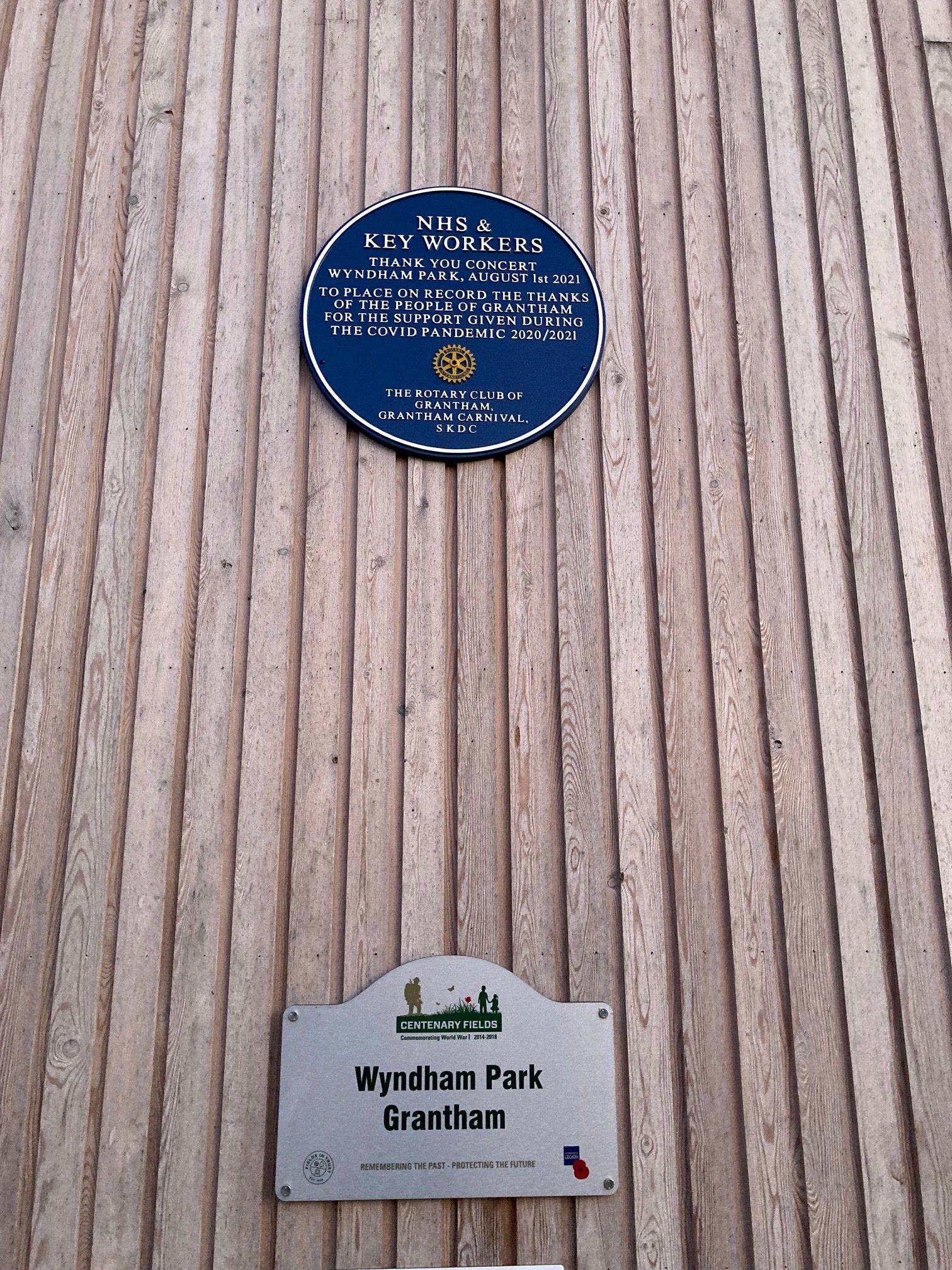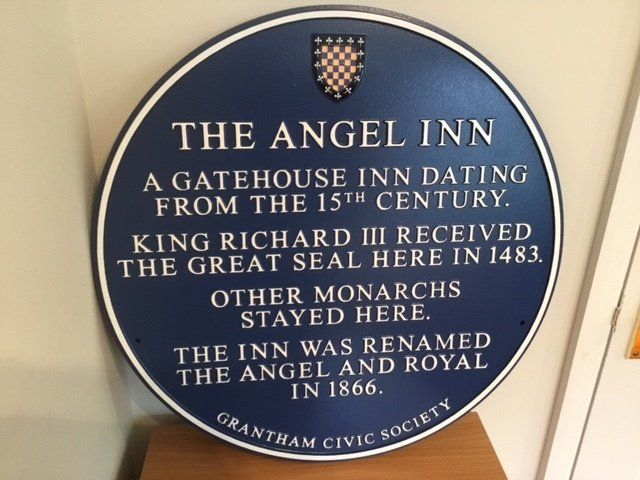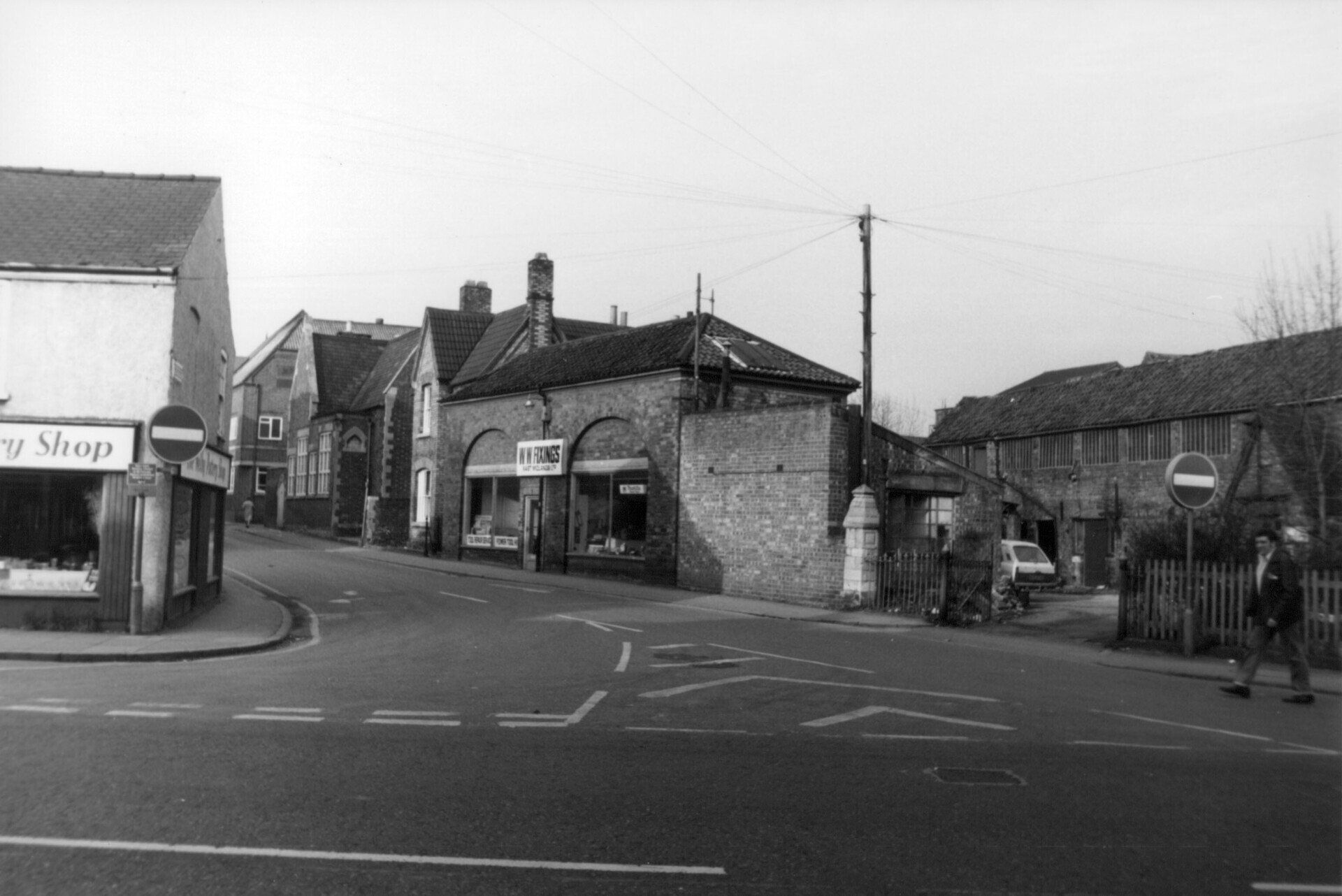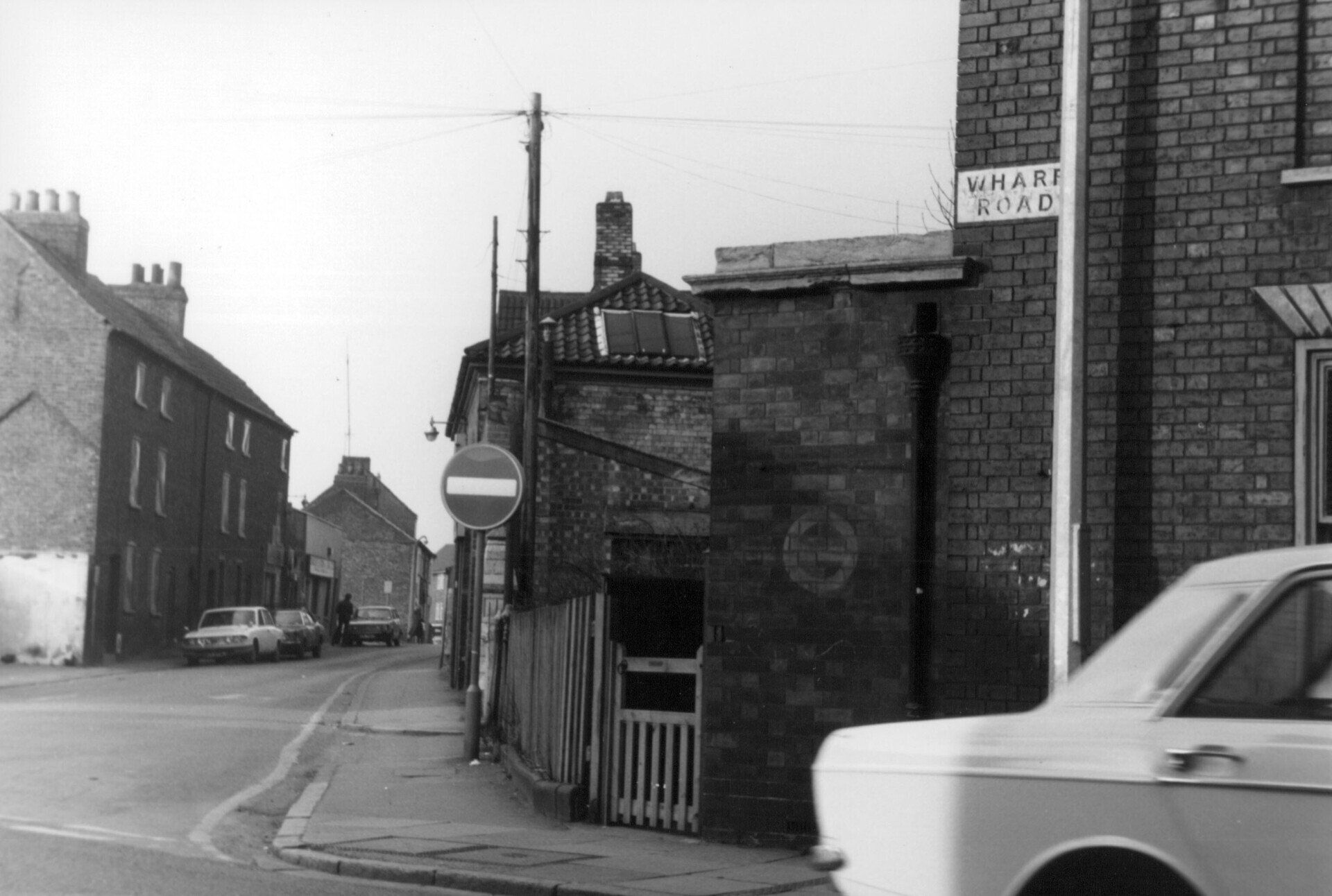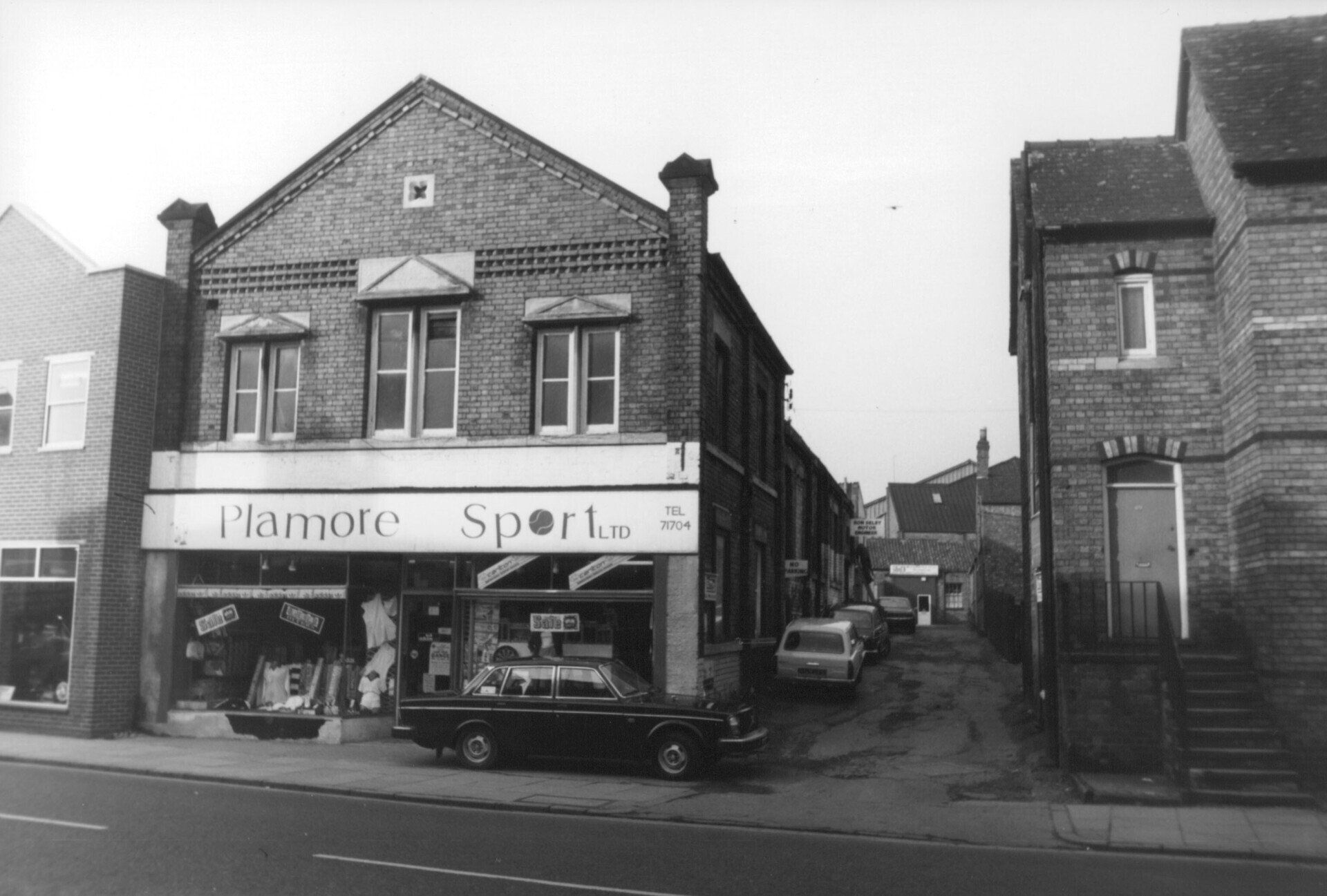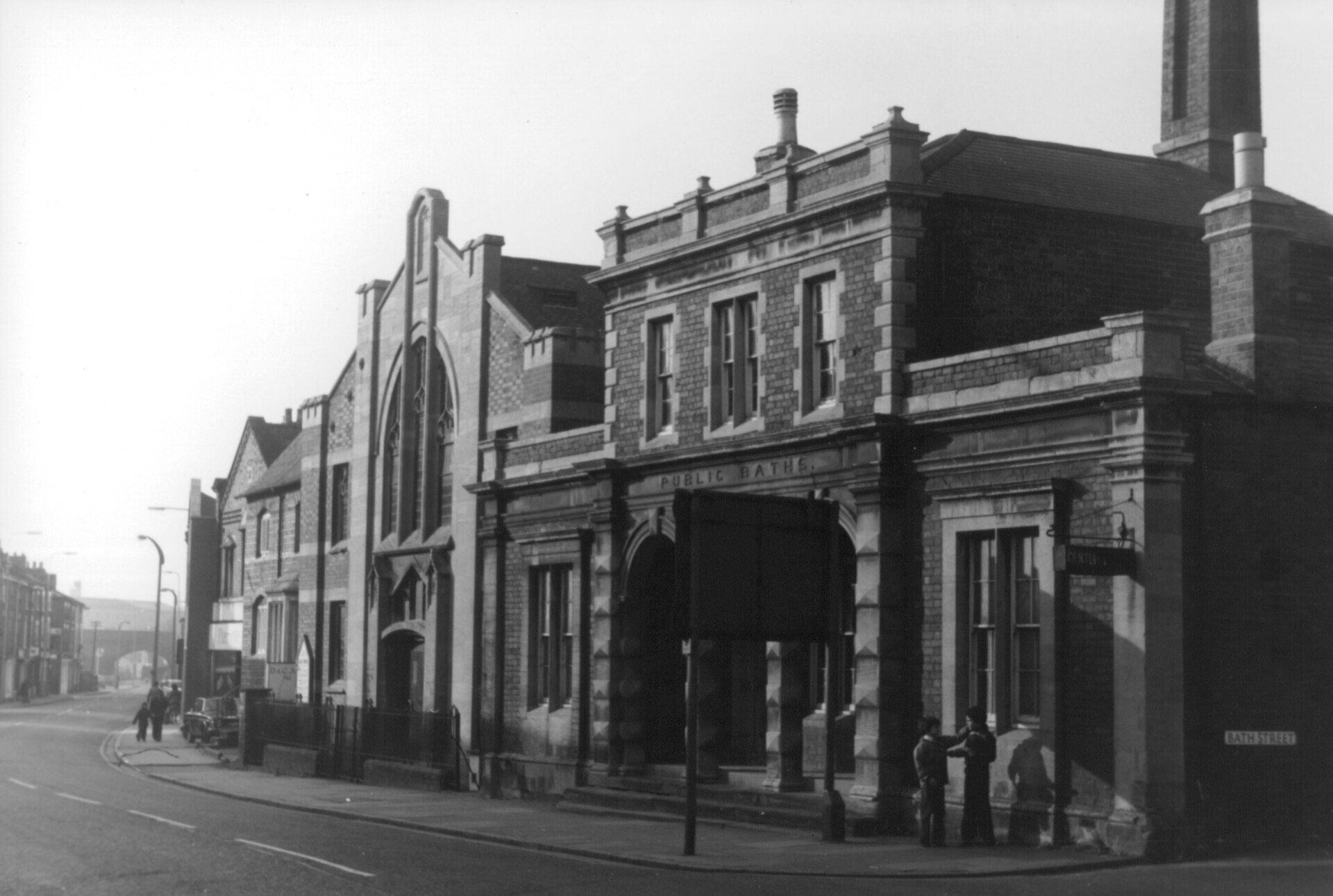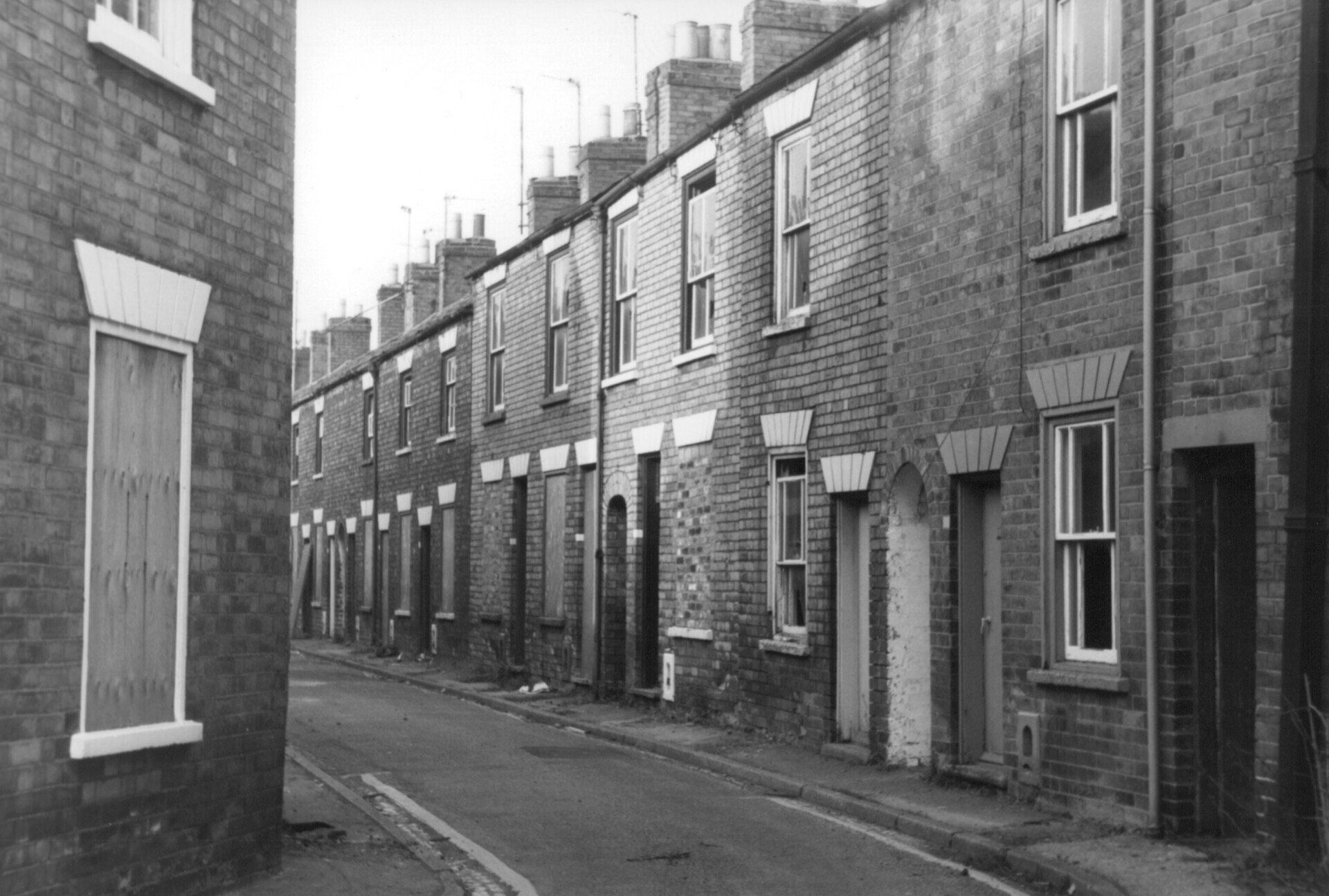Author name
Ruby Stuckey MBE inspired Grantham Civic Society to consider having a replica cross built on St Peter’s Hill. We discovered an approved design from some years ago but cost ruled that out and we decided to go for a plaque instead. St Wulfram’s church architect and GCS Vice Chairman Graham Cook took to his drawing board and came up with a magnificent Ancaster stone plaque featuring the heads of Queen Eleanor and King Edward. The plaque was made by Head Stone Mason Derren Ross of our local firm the Skillington Workshop Company and paid for by public donations. Listed Building consent was received as the plaque was to be placed on the wall of the Guildhall and on Saturday 29 August 2015 the plaque was unveiled by Ruby Stuckey in the presence of a great crowd of townspeople and cyclists from St Martin in the Fields on their 8th annual charity cycle ride to continue their wonderful work of helping under privileged people.
South Kesteven District Council was an enthusiastic supporter of the project. We added a small brass plaque of explanation. The historians say that the crosses might be as much a public display of royal statues as affection for a much loved wife, but we prefer the love story that has come down through the ages.
RECENT ARTICLES
